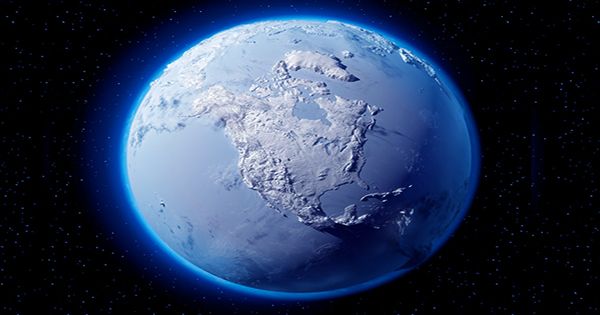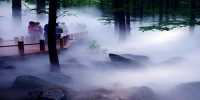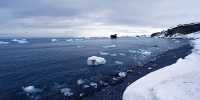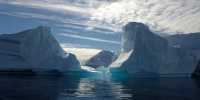About 700 million years ago, the Earth experienced several of the most unusual climates in its history. Known as Snowball Earth, these events make the recent ice age look like light frost. Controversy has erupted over what caused these deep freezes and how the planet broke up.
New research suggests that changes in temperature may be just as important as changes in conditions. Without adequate sunlight, we would expect the earth to turn into an ice world. However, MIT graduate Constantin Arnscheidt has made an unexpected spin on the subject. Arnscheidt claims that it is not necessary for the amount of radiation to fall below a certain level. Instead, a sufficiently rapid reduction can also do the trick, even if the endpoint is slow enough to keep the planet warm enough to freeze.
A lot of energy can serve to cool the earth. The sun itself may fade or volcanoes may fill the sky with reflective sulfur dioxide. Any reduction of this kind will start to have a reaction effect. A few of these will oppose cooling such as weather-reducing weathering. Others will make it stronger, including expanding polar ice caps to less subtle areas. If subsequent dominance occurs, they will create a fugitive process when they start the process that drops far below the temperature.
The initial cooling is slow changes in such a way that the changes are so rapid that the arsenic reinforces the factors of reinforcement, In Proceedings of the Royal Society A. Although the planet could be dropped into the snowball state below a critical temperature threshold, Arnscheidt believes that the likelihood is greater than the rate of cooling will have the same consequences.
Arnscheidt presented a model that in less than 10,000 years, a 2 percent reading in sunlight starts a response loop that ends the entire surface of the planet with ice. He acknowledges the model is basic. Further features may help make the inclusion time estimate more precise, but Arnscheidt said in a statement that “it is reasonable to assume that past glaciers are inspired by the instantaneous rapid change in solar radiation.” Apart from (very) ancient history, there are two important aspects involved in the search. As climate scientists already know, many members of the public are unable to understand that global warming is dangerous because of the speed of warming, not just because the planet exceeds a certain temperature.
Arnscheidt said, “We need to be aware of the pace at which we are changing the Earth’s climate, not the magnitude of the change.” “Such rate-induced tipping points may be driven by anthropogenic warming. Identifying these and limiting their critical rates is a successful goal for further research.” Furthermore, when looking for habitable planets we should be aware that even people at appropriate distances from their stars can be frozen in temporary ice even after freezing temperatures.
















